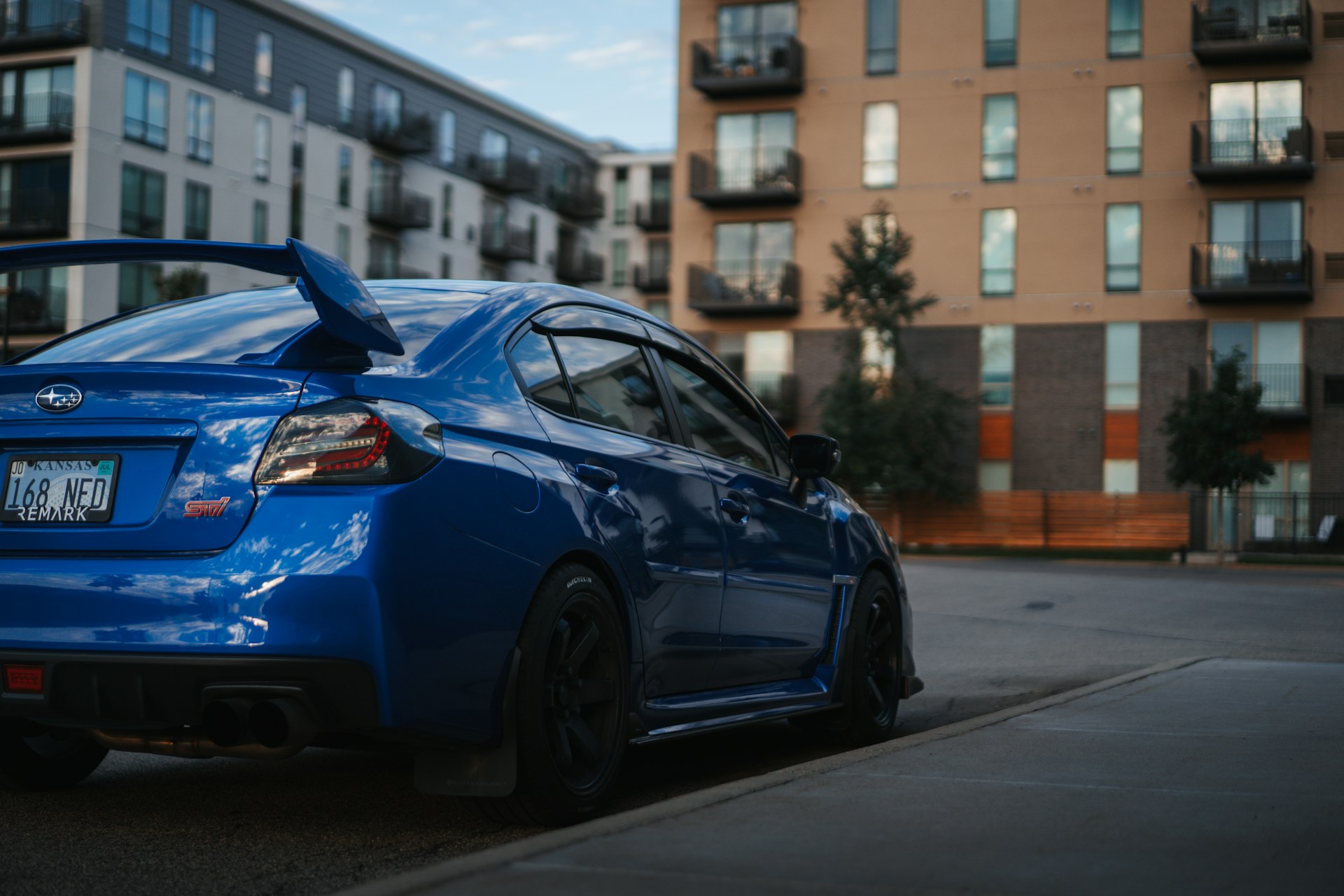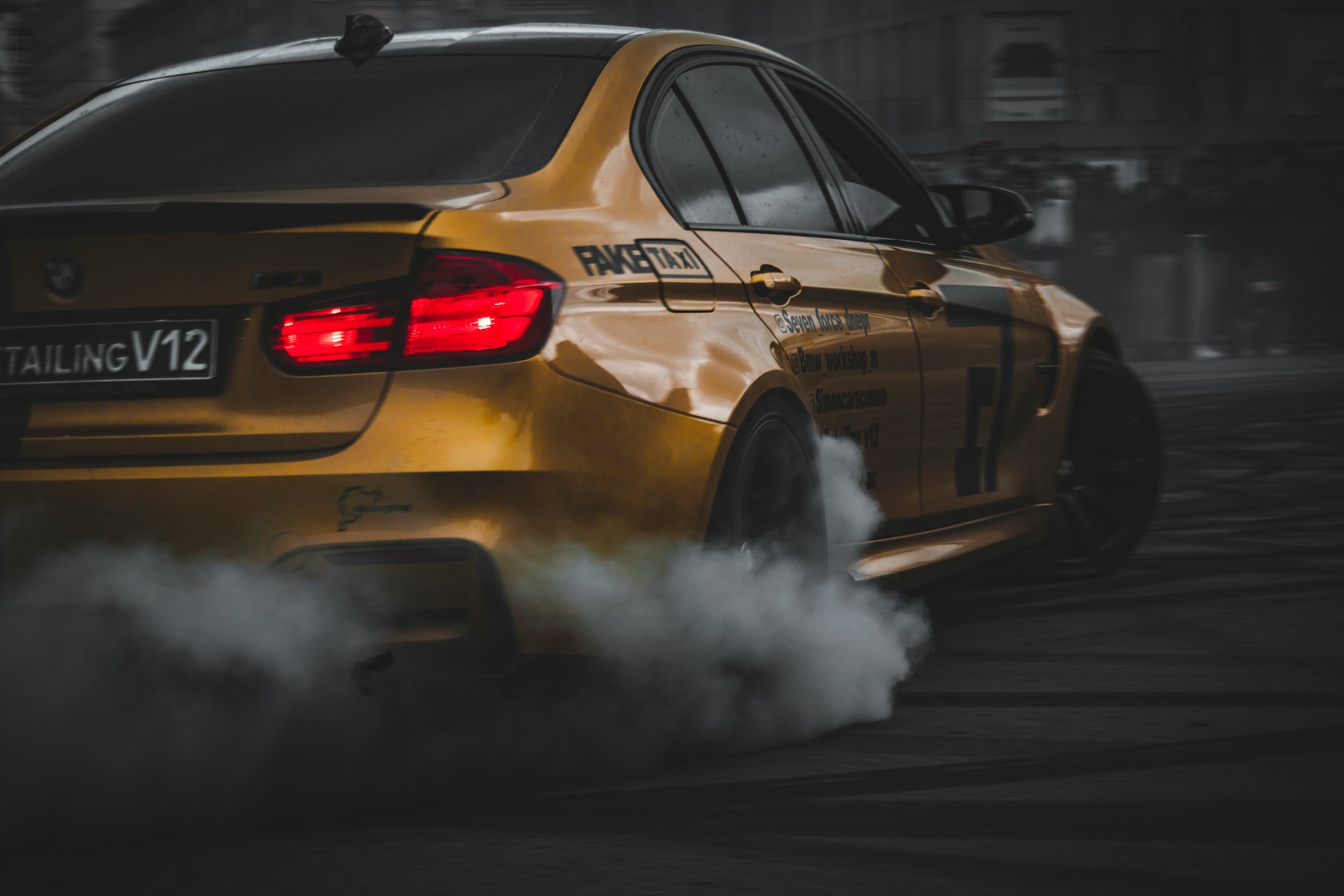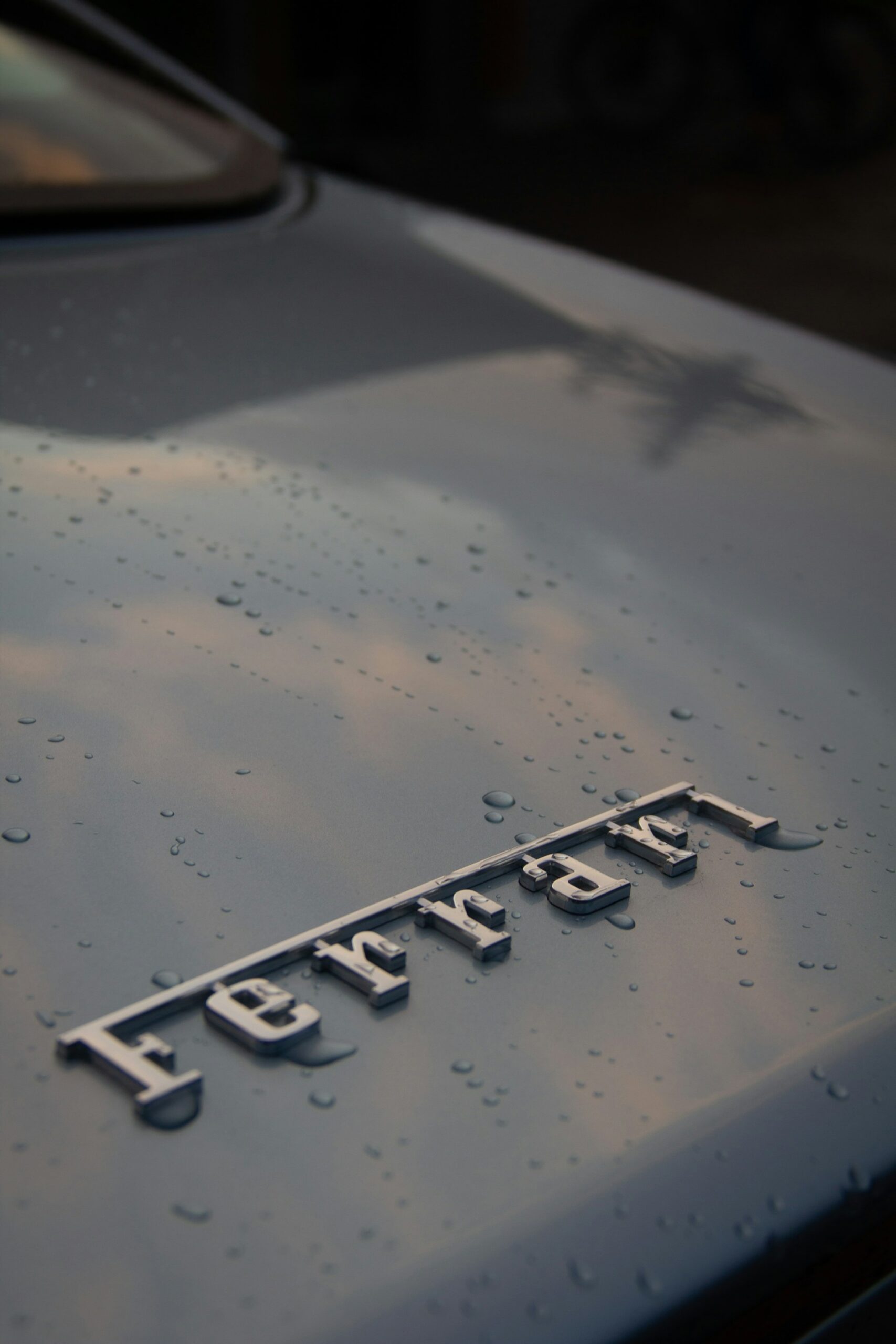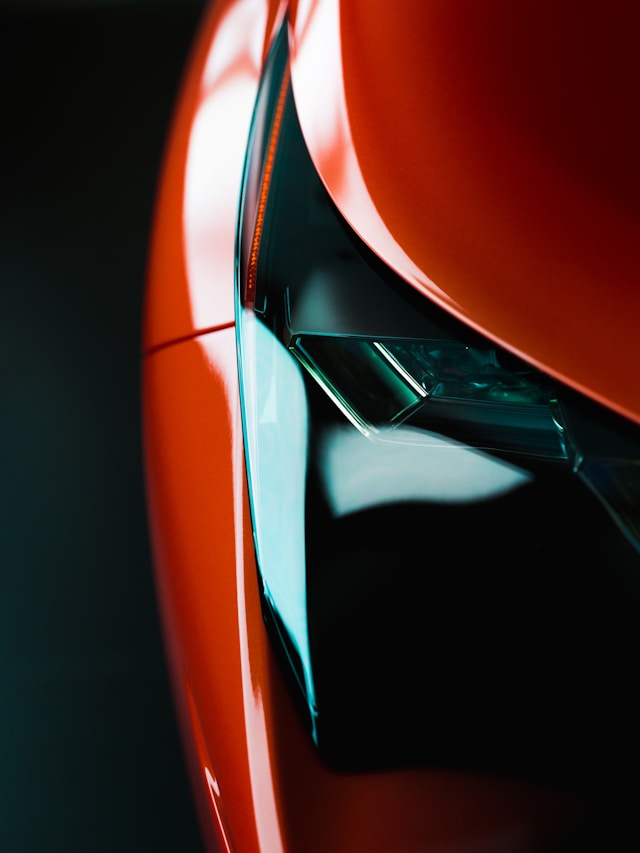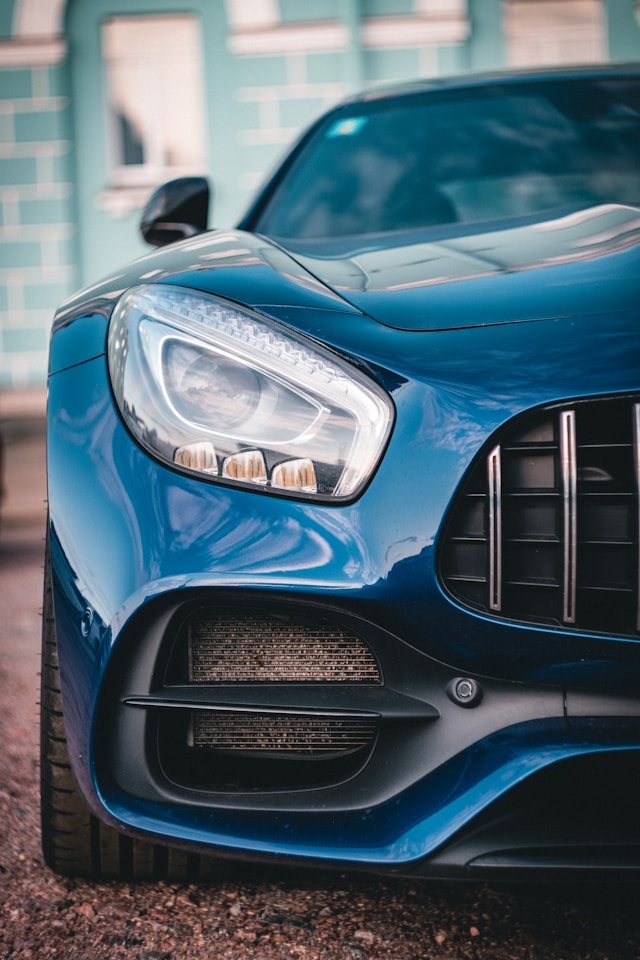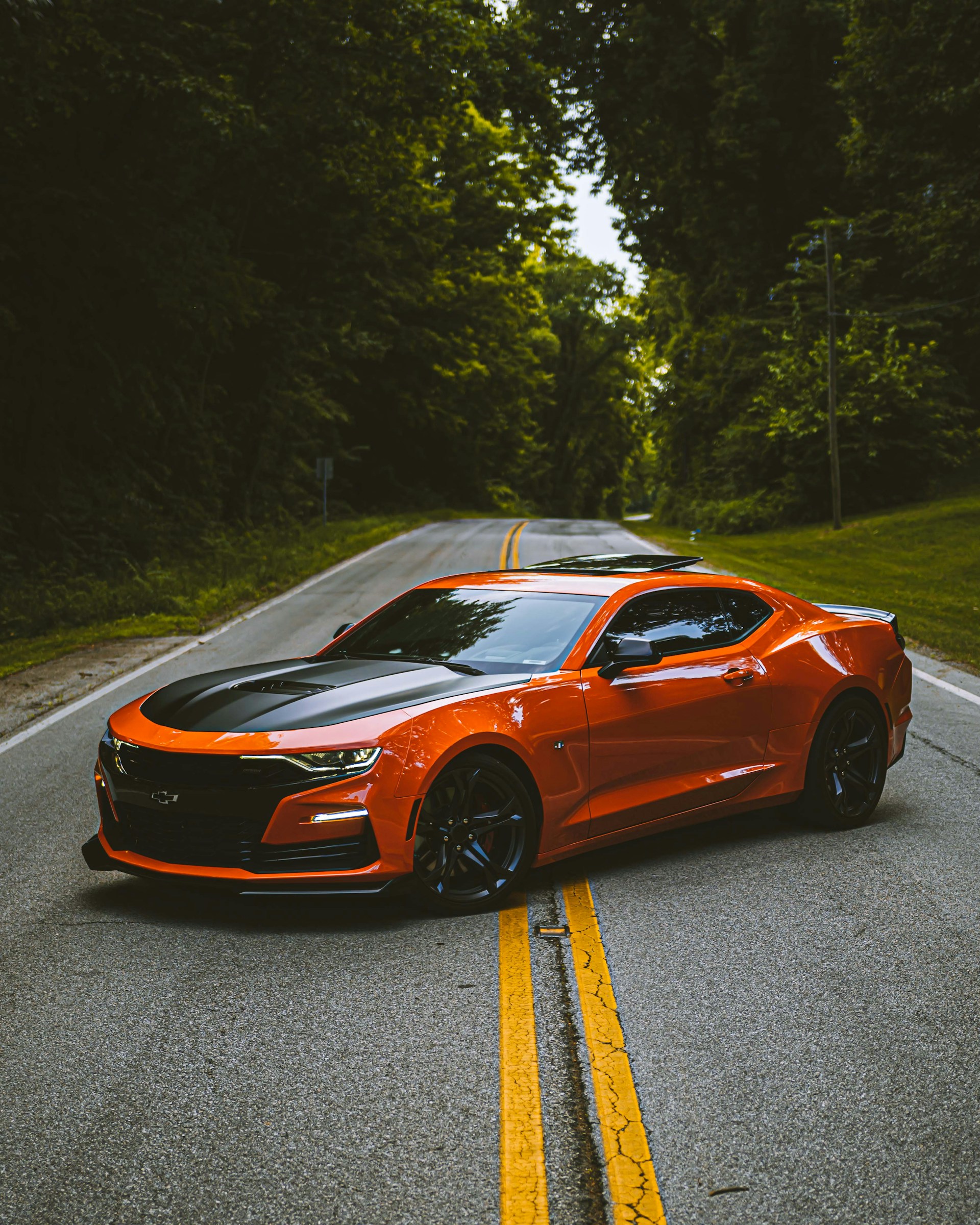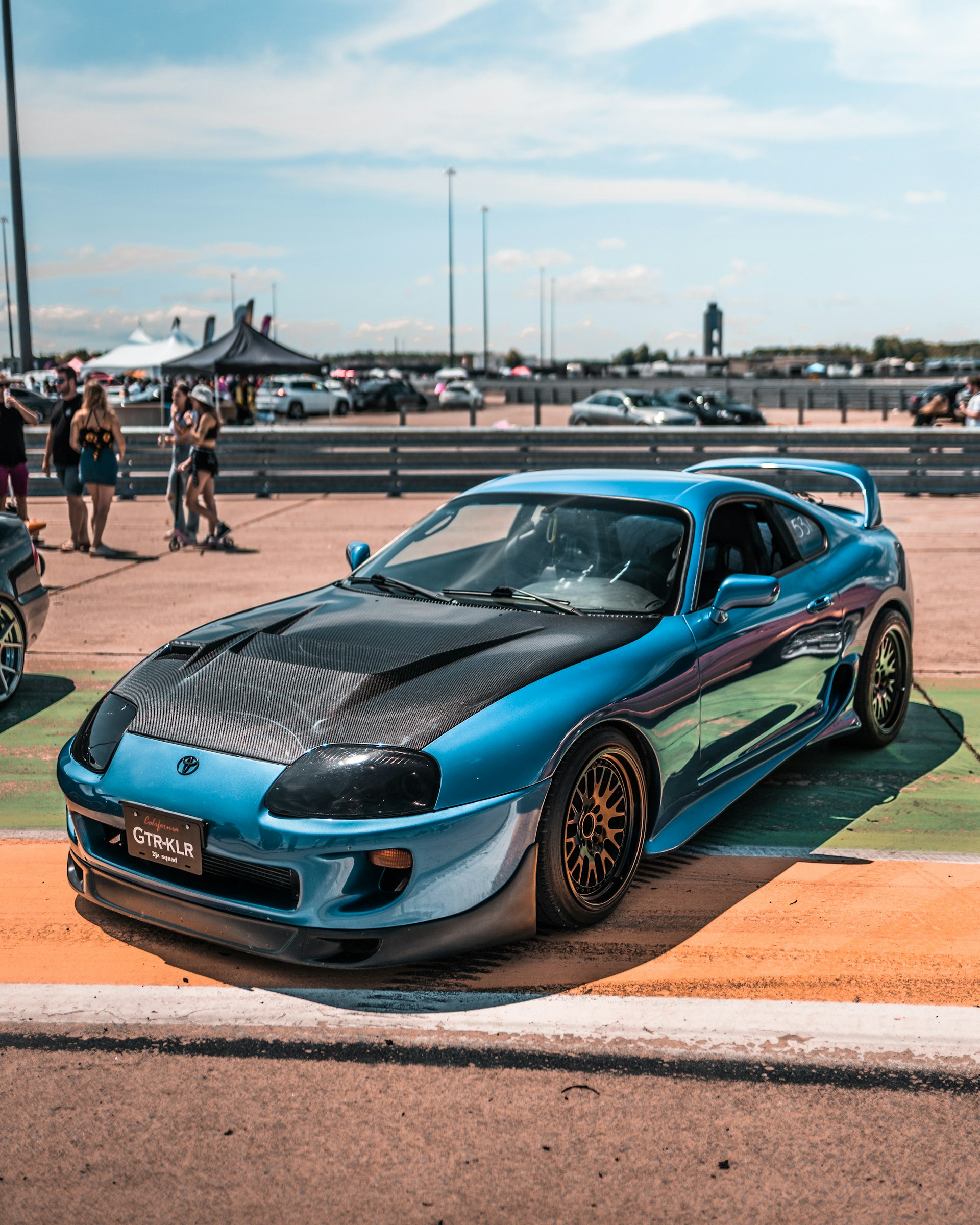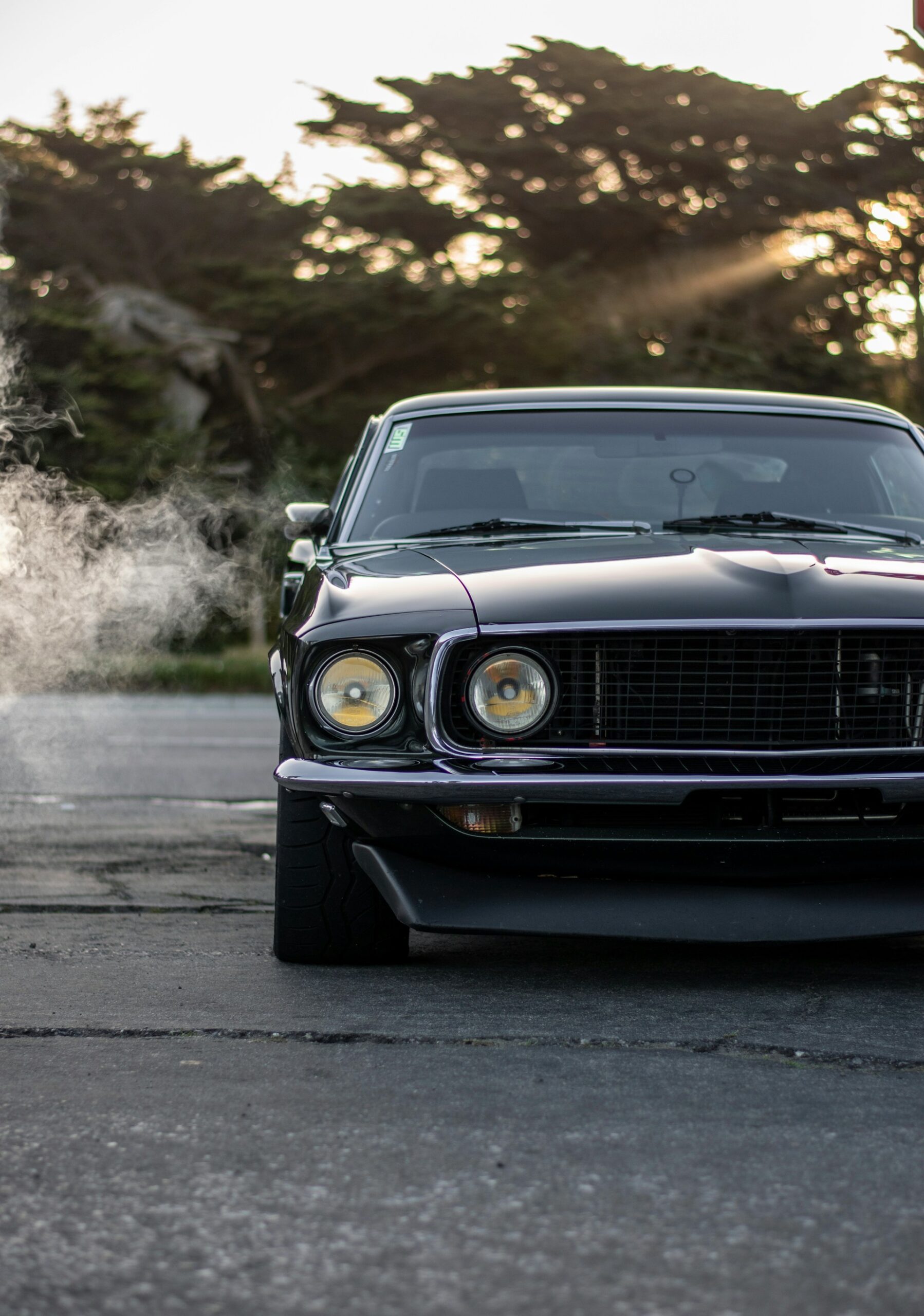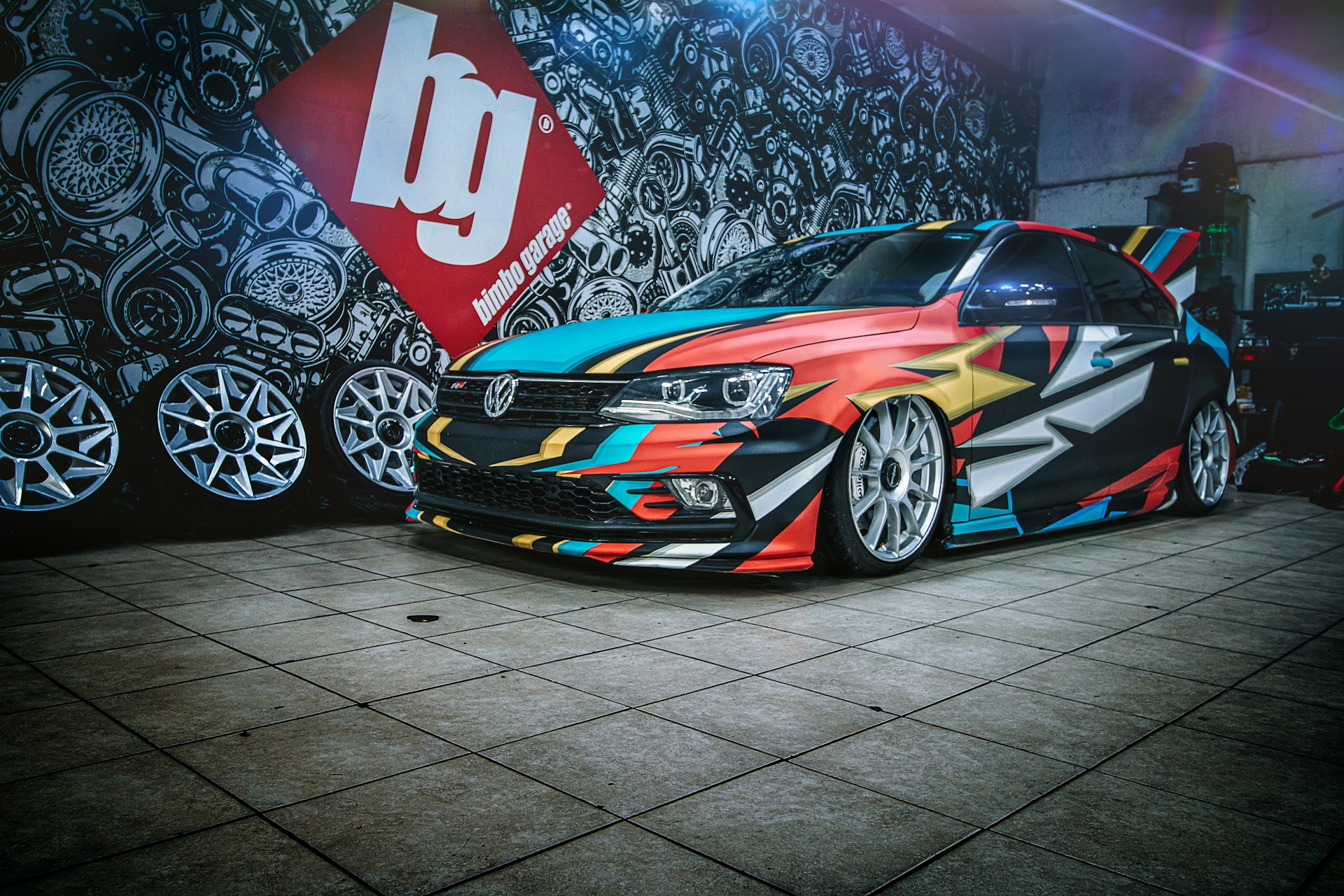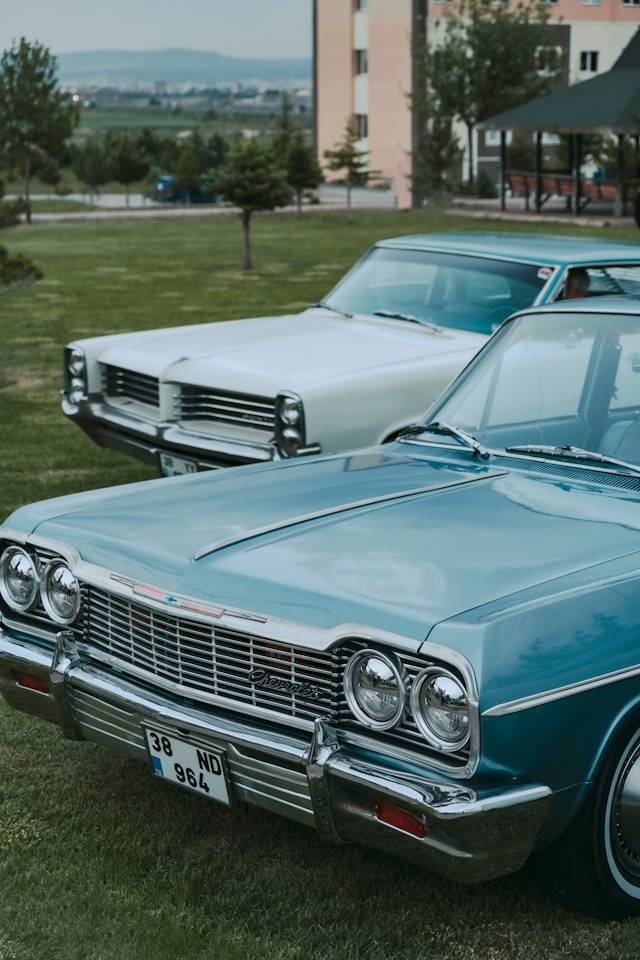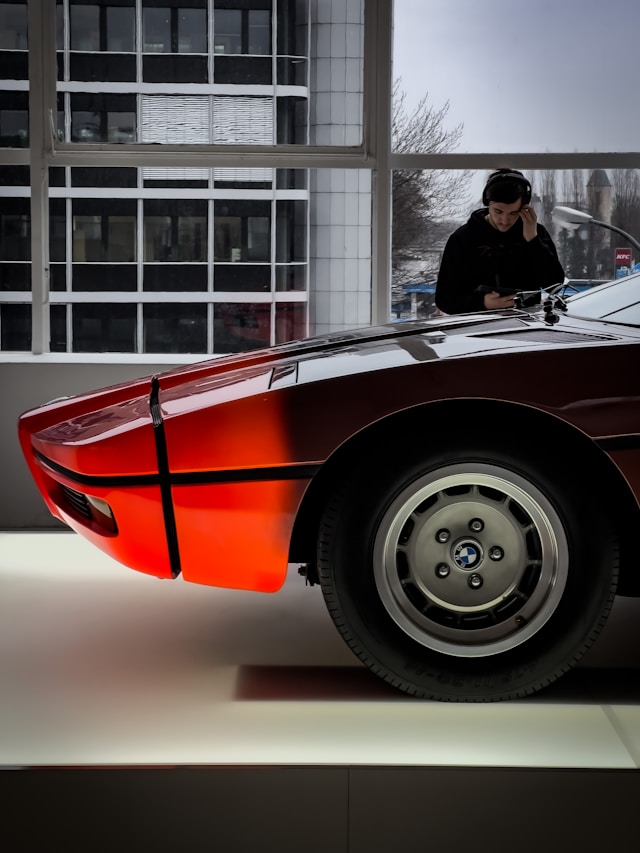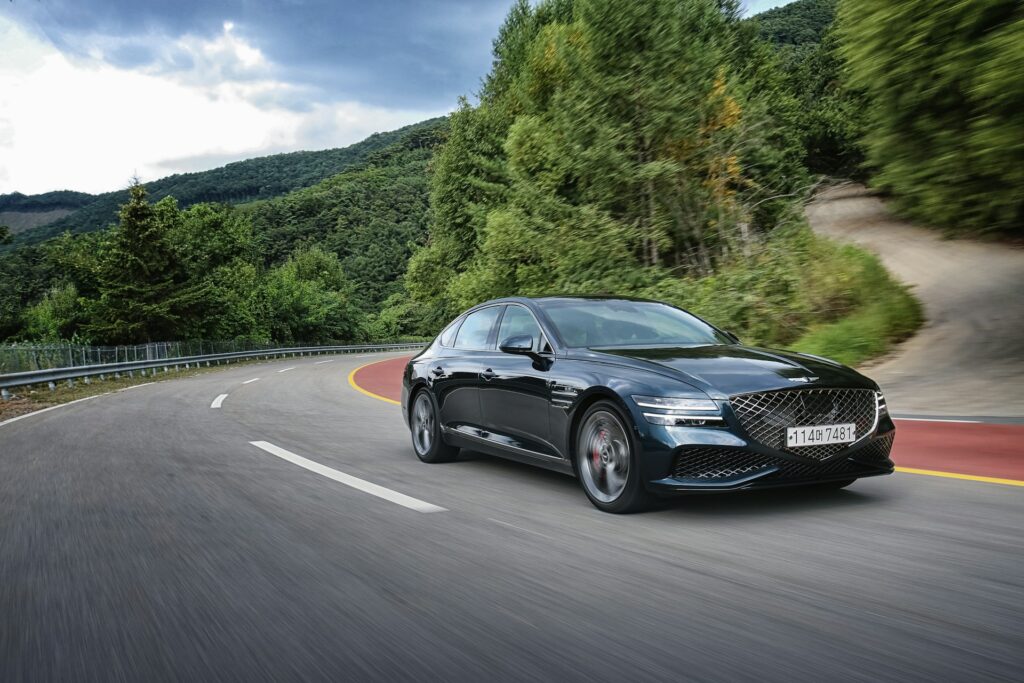Tuning a Ferrari 250 GTO for Perfection and Preservation
The Ferrari 250 GTO is not just a car; it’s a legend. With fewer than 40 units ever produced between 1962 and 1964, owning one is akin to possessing a piece of automotive history. Meet David, an avid collector who managed to secure this prized possession.
While the Ferrari 250 GTO is virtually perfect in its stock form, David sought to perform subtle tuning enhancements to maximize its performance and preserve its authenticity.
David’s project of tuning his iconic Ferrari 250 GTO was a masterclass in balancing performance enhancements with preservation. By focusing on authentic parts and subtle changes, he succeeded in optimizing the car’s performance while maintaining its original charm and historical value.
This case study demonstrates that, with careful planning, historical consultation, and expert execution, even the most iconic cars can be tuned to perfection without compromising their essence.
For collectors and enthusiasts alike, David’s journey underscores the importance of respecting automotive history while pushing the boundaries of performance and comfort.





